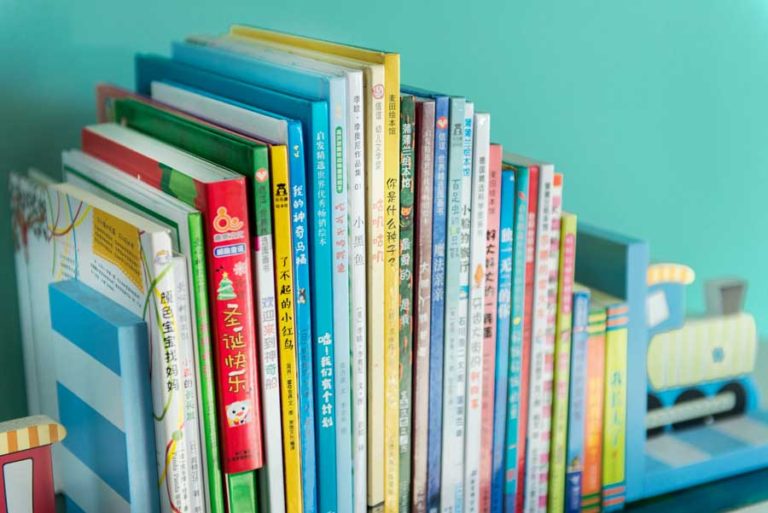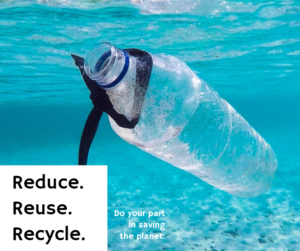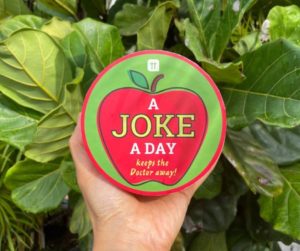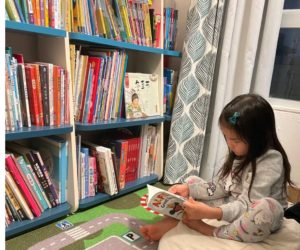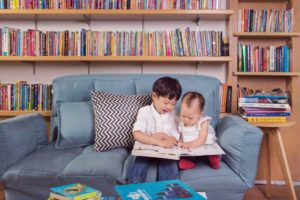感谢您的查阅!抱歉我们暂时没有把这篇文章翻译成中文。如有所需我们会乐意翻译,敬请提供回饋。谢谢您的支持!
“A book is a magic carpet that flies you off elsewhere. A book is a door. You open it. You step through.”
by Jeanette Winterson OBE, an award-winning English writer
We couldn’t agree more with this quote. Books often open up to topics that we as parents wouldn’t otherwise be mentioning with our children in our daily lives. Picture books are somewhat more powerful as it helps our young children’s little brains “see” what they haven’t come across before.
As parents, we can provide our children with a little assistance to reap the enjoyment and benefits from reading a little bit further. Sometimes, your little one may have found a book that he/she would bring to you to read day after day (after day after days…..)! This demonstrates that something in the book resonates with your child, and you should certainly extend beyond just reading the book.
Last week, Auntie Peggy was reading this book with her 5 years old son about rectangular shapes, which is targeted for 0-2 years old (meant for his younger sister). Somehow, something in the book made him tick, and he asked me to read this book together with him again and again. Maybe it was a breath of fresh air for him to be reading something baby-ish again, or he found the simple plot in the book intriguing?
Anyways, I followed his clues and decided to extend the fun further and did an impromptu art and craft with him. The book was about a little red square asking his friends to transform into rectangular shapes and finally fitting together to form a bigger square. (My son found this funny, it reminded him of Transformers!)
As he was already 5, I helped him prepare just the basics – found a cardboard from some packaging remains to cut out a square, and worked together to trace the outlines of the animals per the book, and let him fill in the details by himself:

Then, I helped him cut out each animal and let him piece the shapes together and have fun! I realised I didn’t need to give him further instructions, as he automatically turned to the beginning of the book and started playing out the story page by page with the cut-out animals, at the same time making up his own lines as he went along.
On the last page, as he placed the little red square in the middle as the last step to form a larger square, he beamed with pleasure and showed immense satisfaction!

“In the words of the child – I hear and I forget, I see and I remember, I do and I understand.”
by Dr. Maria Montessori, an Italian physician and educator
A few days ago, Auntie Jen was reading with her children about insects and camouflage, and coincidentally was lucky enough to be receiving a stick insect from a friend leaving town and named it Sticky! Together we examined closely how it resembled a green plant and how it protected itself from predators, truly understanding camouflage which is a big word for children.
This seems to have aroused interests in my 5 years old son J, who monitored and observed Sticky closely and frequently after school hours for the next two days. On the third day after some heavy rain, Sticky was gone and nowhere to be seen in the garden. To my surprise, J was very upset and tears started to emerge from his eyes.
“Where did Sticky go? What has happened to him?” He seemed to have developed a genuine concern for our new friend Sticky. This was when I started to realise that through his experiences he has developed empathy (同理心) – the ability to understand or feel what another person (insect in our case) is experiencing.
I drilled down a bit further and discussed together with J what he thought might have happened to Sticky and let him spilled out his thoughts and feelings, and explained to him that Sticky had probably left to find better shelter from the heavy rain, and it’s how nature works. J seemed to be feeling better after our conversation.

Extending beyond the book helps our children see/experience more about the topic, and when you let them do something with their own hands, it will engrave into their little minds by truly understanding the topic.
Very often, books are also a bridge to help us communicate with our children, through reading together we can understand more about our children – what makes them tick and what they don’t prefer, what and how they think. It is a two-way street where our children could also learn more about us and how we think, through which we can convey our values to them.
Books might appear to be just telling a story, but they can be so much more when you extend beyond the books together with your children.

